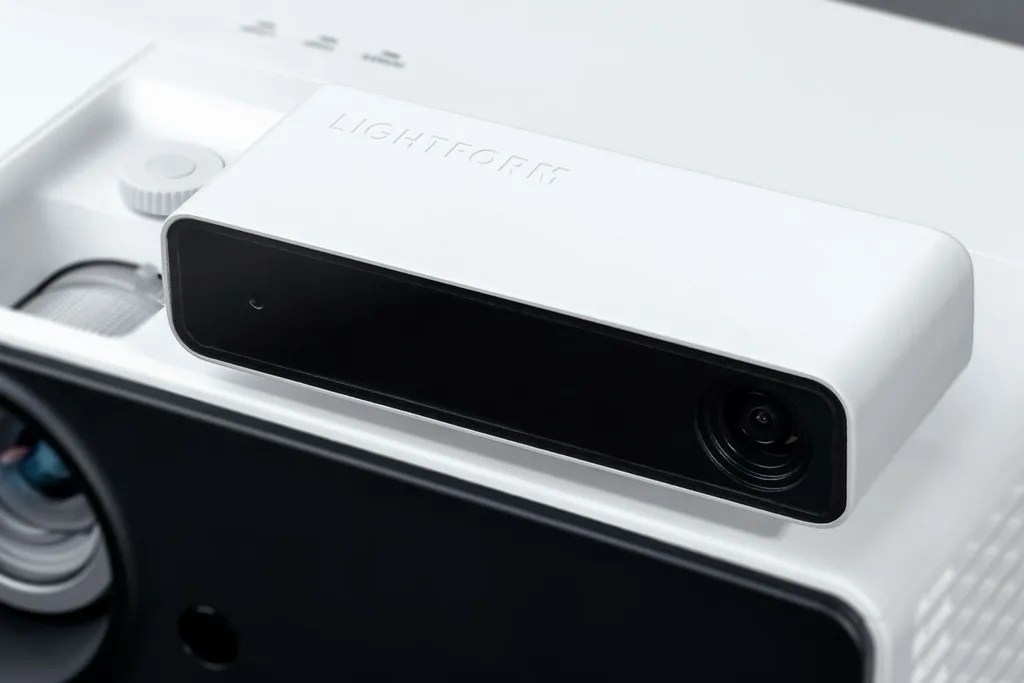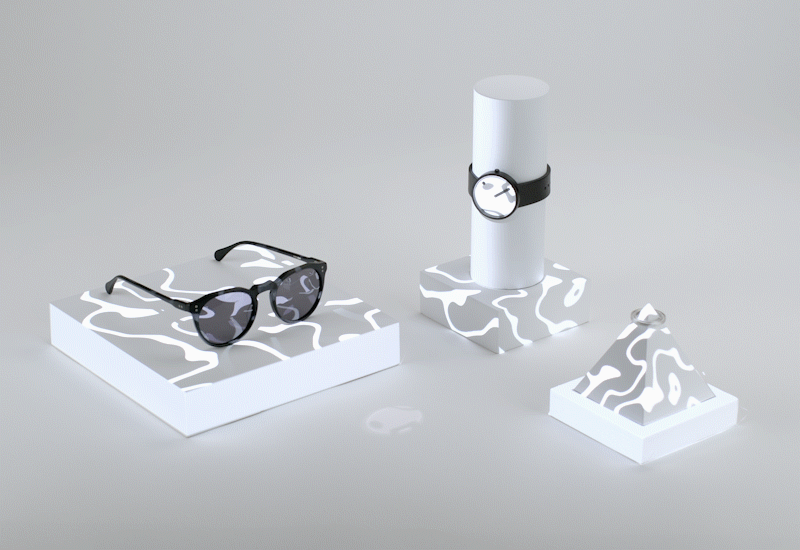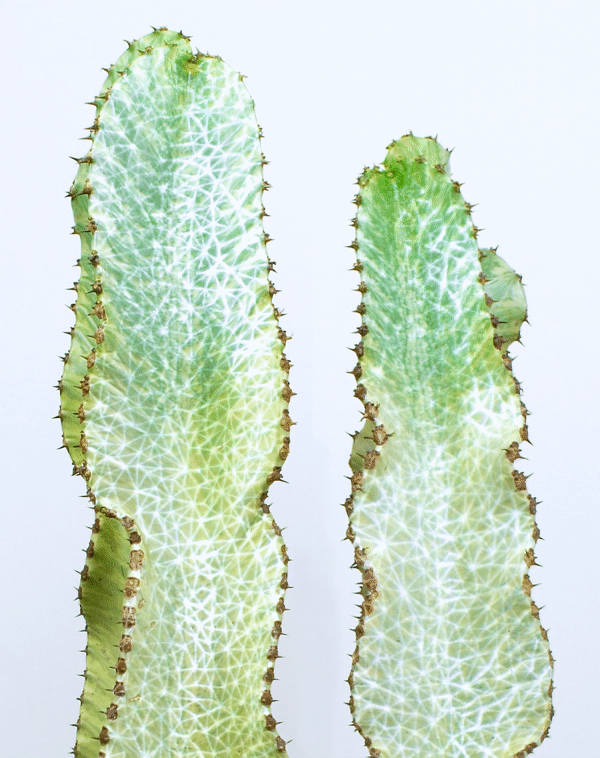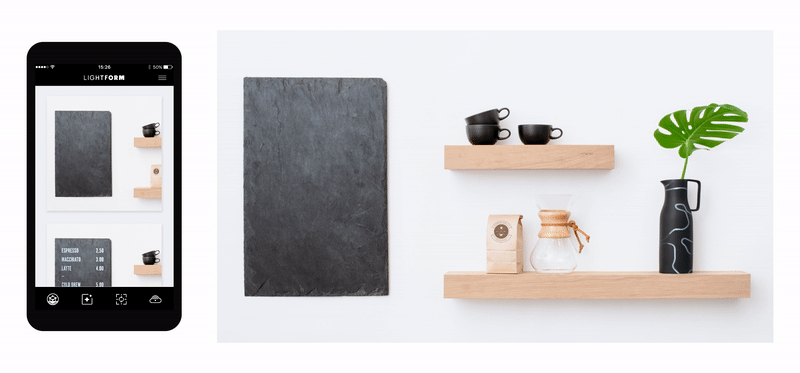A new startup called Lightform emerged from stealth with $2.6 million in backing. The company aims to take impressive “projection mapping” research projects and transform those into easy-to-use real-world use cases.
Microsoft’s Illumiroom is perhaps the most well-known projection mapping research, which used the Kinect sensor and a projector “to blur the lines between on-screen content and the environment we live in allowing us to combine our virtual and physical worlds.” Basically, the Kinect mapped the room while the projector could toss light onto the walls and furniture surrounding your TV — essentially letting a game world extend out from the television and into your living room.
In fact, one of the lead researchers on that project, Brett Jones, is the CEO and co-founder of Lightform, which aims to simplify the process of setting up this type of augmented reality tech so it can be used in a lot of different ways. Some examples shared by Lightform are embedded below showing the tech enhancing a cactus, menu and product displays you might find in a store.
In a blog post revealing the company and its ambitions, Jones outlined the current state of the technology and why it is so limited:
Projectors used to be expensive, bulky, and required frequent bulb replacements. New LED and laser projectors are brighter, smaller, quieter, and can operate many years maintenance free. This makes projection an increasingly viable alternative to traditional screens for permanent digital art, signage, and ambient display applications. While advanced, these projectors are still “dumb” – they don’t know what they are projecting on.
Also, projection mapping involves a complicated workflow with multiple pieces of advanced software. Each step – from initial scanning, to 3D animation, to on-site calibration – requires a different artist or technician (usually teams of them).
With projection mapping things inevitably move in the real world, and even slight shifts in the set or projector alignment can noticeably ruin the effect. It currently requires tedious clicking around in clunky software to re-align the content. This is why you typically don’t see projection mapped installations outside of temporary events.
Lightform is aiming to offer pre-orders for its product this summer, and plans to offers software that simplifies the process of deploying these kinds of setups — the goal being to quickly turn “3D scans of the real world into compelling motion content.” That is certainly a smart solution to go after and I can’t wait to see Lightform in action.
Holodeck Uses?
I can’t help but be curious, though, if Lightform could simplify the setup for a CAVE installation as well. That’s a system where projectors throw images onto a wall and your head is tracked for a VR experience. A Vive Tracker, for instance, could be placed on top of your head, a pair of lighthouses could be installed in the corners of the room, and projectors would paint the walls with a virtual world.
These types of installations can cost tens or hundreds of thousands of dollars and requires experts to set them up. If Lightform can simplify the process then the prospect of a more affordable holodeck that doesn’t require bulky goggles to use isn’t completely out of the question.
“We’ve actually built a CAVE system using the tech, which was deployed into 15 stores of a major home improvement retailer,” Jones wrote in an email.
Notably, Lightform chief strategy officer and co-founder Raj Sodhi worked on Disney’s research project Aireal which created haptic feedback using “a ring of air that can travel large distances while keeping its shape and speed.”
It is hard to picture Aireal becoming feasible for the real world, but it is nonetheless fun to imagine a room covered with descendants of that system allowing you to reach out and touch an object that is nothing but air.
“We aren’t going to have any haptics integrated into our system, but we will be hackable, and play nice with others (support open source communication protocols between devices and apps),” Jones wrote.
Lightform is funded by Lux, Seven Seas, the National Science Foundation, and Steven LaValle (a former principal scientist at Oculus).





























